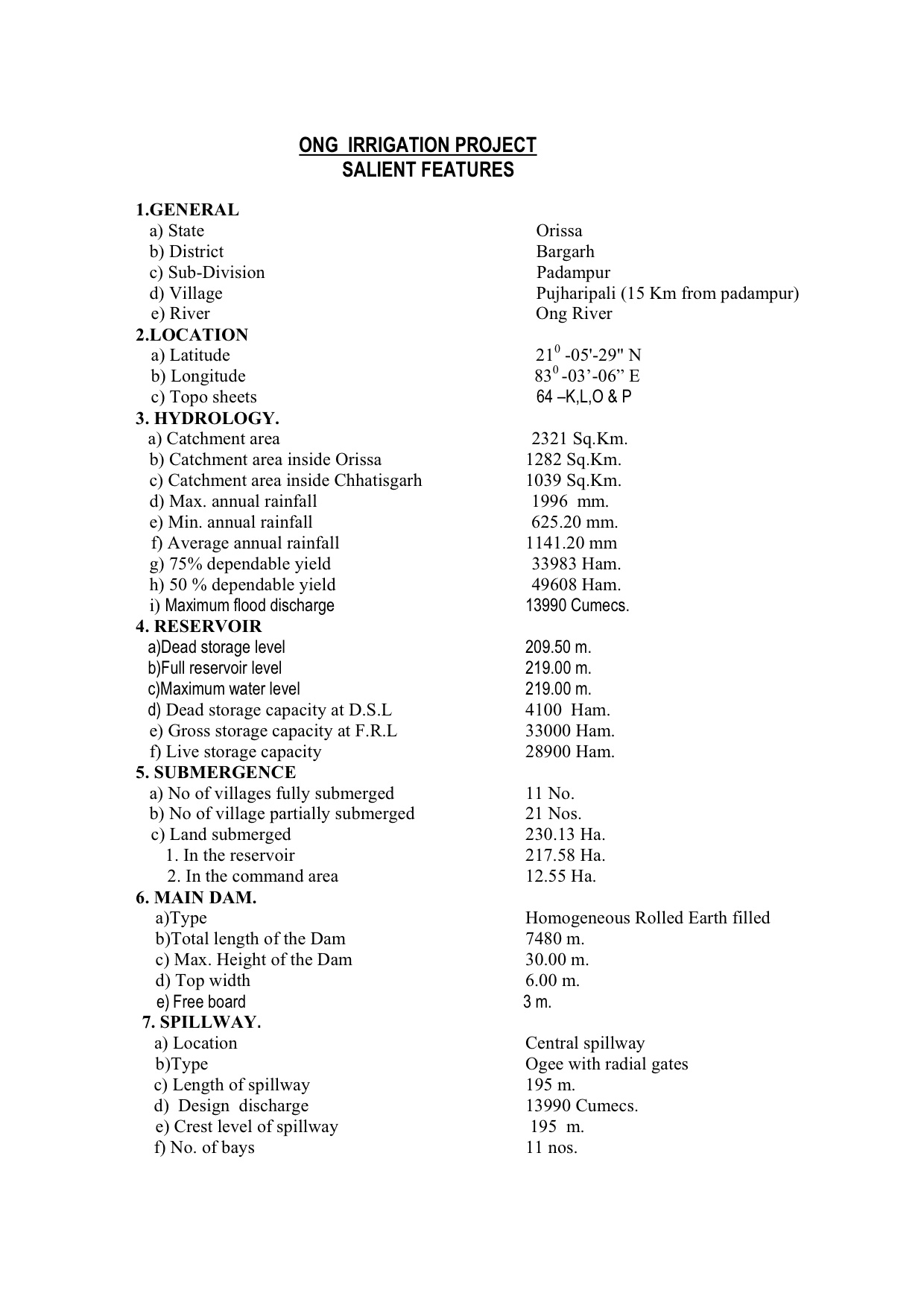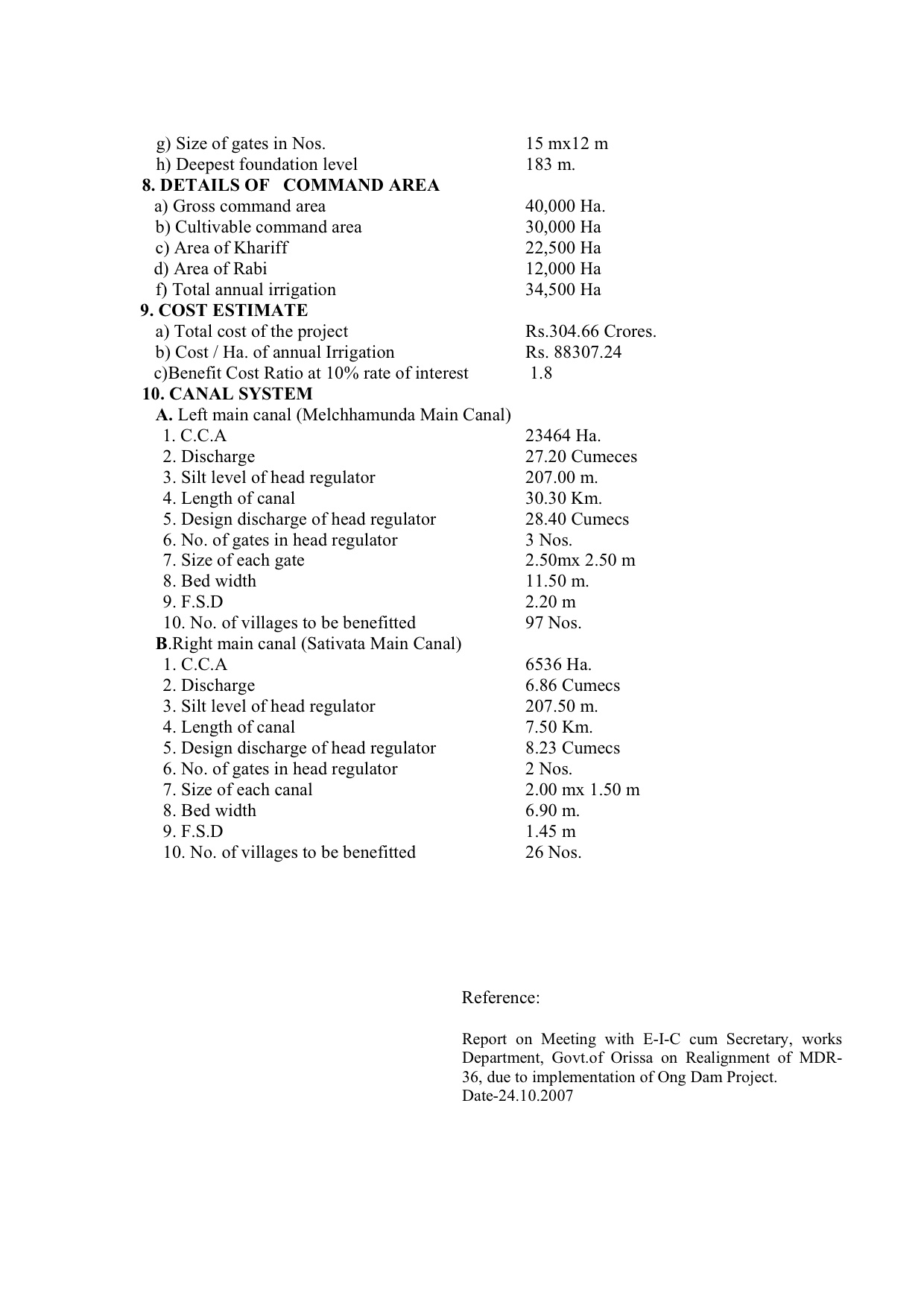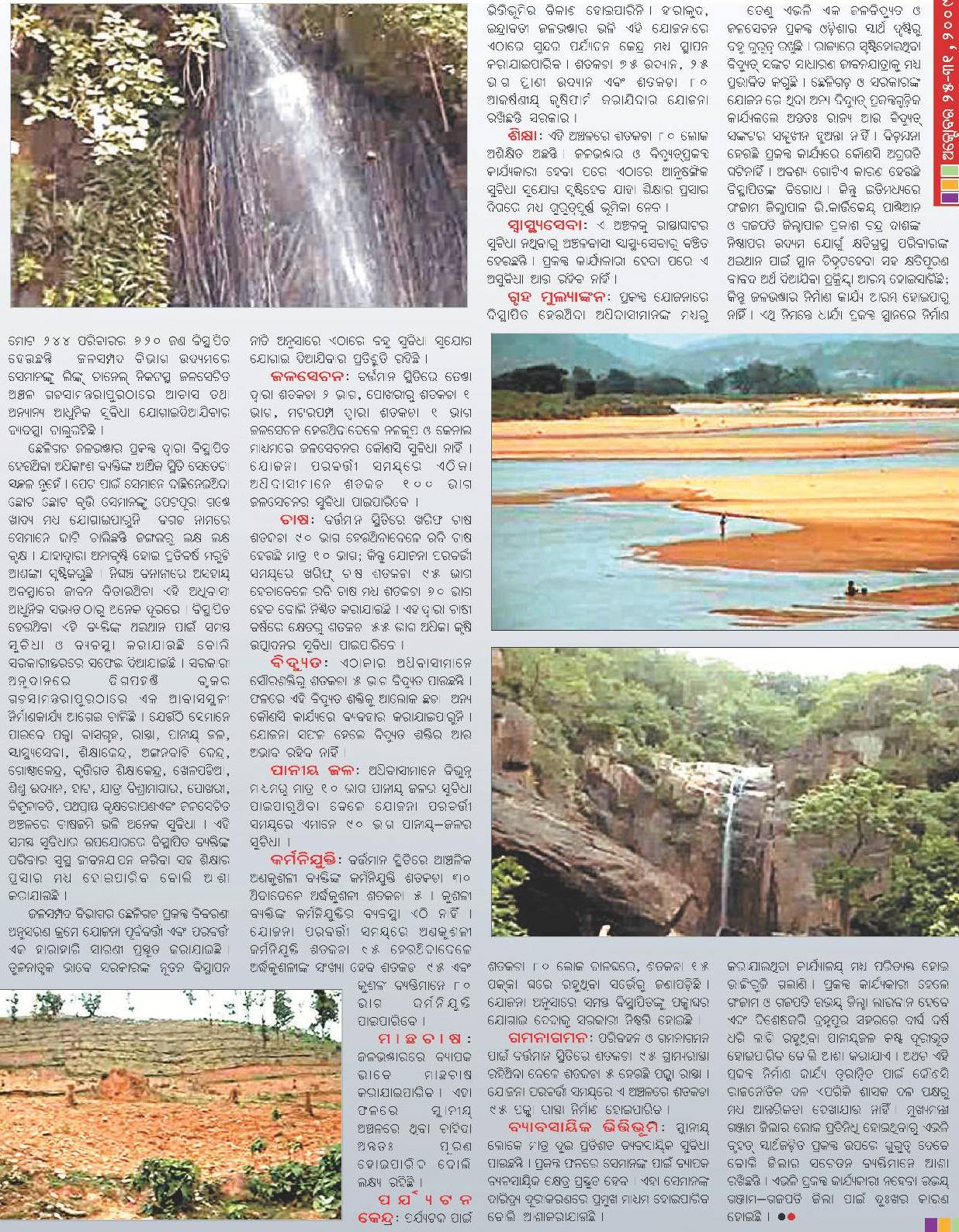Centre to take over the Subarnarekha Multi-purpose Project (SMP) under the Accelerated Irrigation Benefit Programme (AIBP)
Dam project, Mayurbhanj Comments Off on Centre to take over the Subarnarekha Multi-purpose Project (SMP) under the Accelerated Irrigation Benefit Programme (AIBP)Update: Following from the PIB release at http://pib.nic.in/newsite/erelease.aspx?relid=71375.
Centre has provided an assistance of Rs.216.817 crore for Subernrekha project to Orissa State for 2010-11. With this, the total Central assistance for this Project has gone to Rs.1,058.35 crore. Subernrekha project is an inter-state project between Orissa, Jharkhand and West Bengal. West Bengal component of the project is at present at initial stage and is not being posed for Central Assistance under the Accelerated Irrigation Benefits Programme (AIBP) after 2002-03. Jharkhand component of the project is not included in AIBP so far. Hence active component of the project under AIBP is in Orissa State only. Government of Orissa has earmarked March 2014 as the targeted completion date for Subernrekha Project. A total of 6,920 families in Orissa have been affected from this project. The Centre has been informed by the Government of Orissa that rehabilitation assistance has been paid to 2,840 families and payment is in progress for 1,699 families. The Government of Orissa has a budgetary provision of Rs.350 crore for the project for 2010-11.
Following is an excerpt from a report in Times of India.
The project, a joint venture of Jharkhand, Orissa and Bengal, aims to cover around 3.6 lakh hectares of land. Jharkhand will benefit the most as its 2.63 lakh hectares land will be irrigated. It will also generate around 500 MW hydel power. Orissa’s 90,000 hectares and West Bengal’s 5,000 hectares will also be benefited by the SMP.
… The technical advisory committee of the Central Water Commission (CWC) has approved the project under the AIBP with an estimated cost of Rs 6,613 crore in four years.
… Joint secretary of the information and public relation department Rajiv Baxi said, "The CWC has approved the proposal of the state government to take the SMP under the AIBP. According to the decision 90 per cent of the project cost will be shared by the Union government as it covers three states and the remaining cost will have to be shared by the three beneficiary states," said Baxi.
Officials in the state water resources department said the Centre’s decision would be a boon for people of the three states as it would provide irrigation facility round-the-year. "Farmers will not have to depend on the vagaries of monsoon and at the same time it will also help maintain underground water reserve," said an official.





